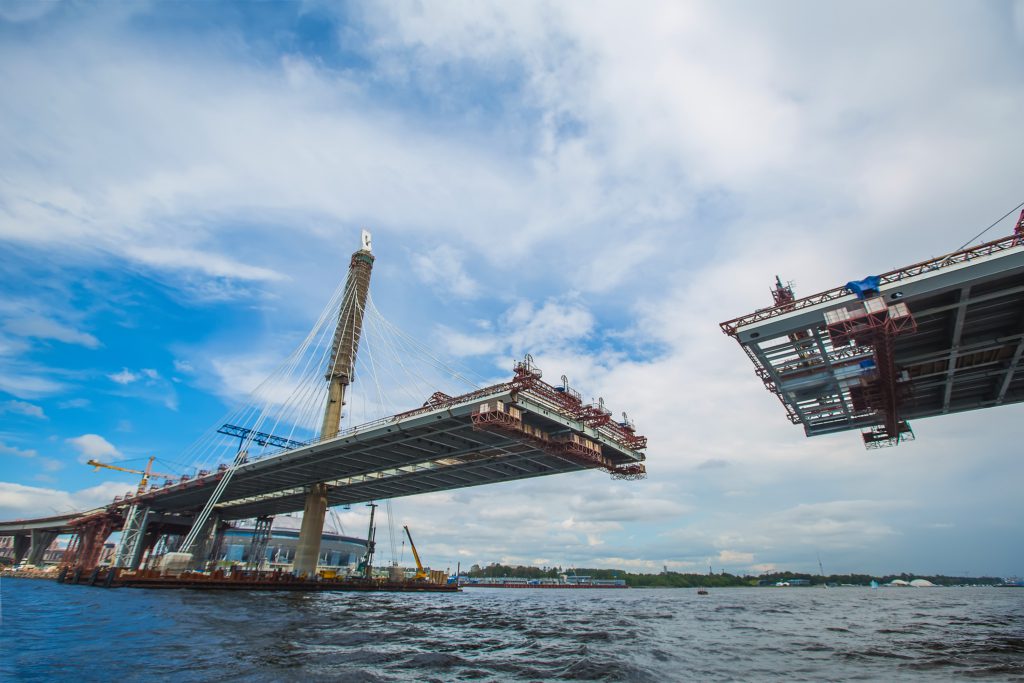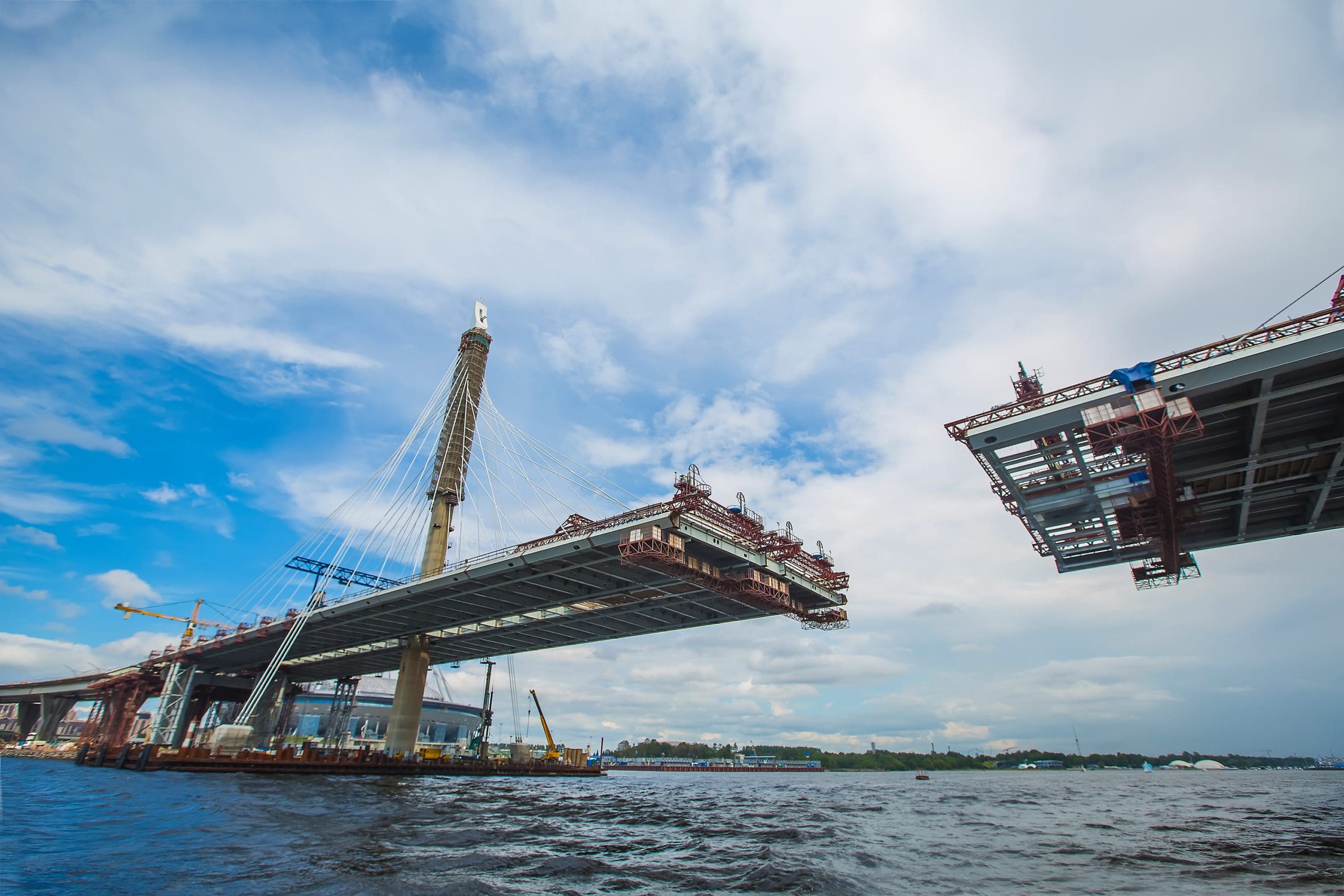
At FSG, we focus much of our efforts in shifting market systems to achieve more equitable social outcomes and reverse climate change and natural resource depletion. The lion’s share of resources that both cause current outcomes and produce solutions are in the hands of business. And while in theory, governments and non-governmental organizations (NGOs) dictate or influence the rules that determine how markets operate, business wields enormous power in both defending legacy systems and establishing new standards.
This is why, for nearly two decades, we have focused on shaping corporate strategy and the dynamics governing market systems to create better outcomes. Again, in Harvard Business Review magazine this fall (see “The Essential Link between ESG and Financial Performance”), we confront the reality that despite years of effort to integrate ESG (environmental, social, and governance) and financial performance in business, strategic and resulting capital allocation and operational budgeting decisions continue to be made in ways that lead to social and environmental damage.
Yes, more hard work is needed to standardize, improve, and regulate ESG measurement—but that’s not the problem, nor should it be the excuse. The problem is not knowing how current and potential business choices affect both financial and ESG outcomes. And, if understood, it is ignoring trade-offs rather than rethinking business models to break, embrace, or exit these.
Our article features how leading companies do this—how they understand and manage the “impact intensity of their profits.”
Yet we know that such guidance only scratches the surface of needed practice—and our wish is that our work will trigger many more stories to guide business leaders, particularly those working at the nexus of strategy, finance, and sustainability.
The stories we need to see and understand go like this:
“We understood the ESG footprint of our current business models, and we forecast future financial and ESG performance resulting from current CAPEX and OPEX allocations.”
“We confronted the fact that our current choices would not lead us into the rate of progress needed on ESG, and we developed several business model evolution scenarios that could help us optimize outcomes.”
“Several strategies required deep engagement with business partners and government to find collaborative ways to confront trade-offs, in ways that ensured a pathway to profitability for our business.”
“We announced a new direction as a result, explaining our rationale and future earnings and ESG targets to investors.”
“We tracked our new rate of progress toward financial and ESG targets.”
We invite companies and their stakeholders worldwide to build such evidence and practice. Among other organizations, we encourage you to join and support the CFO Network of the World Business Council for Sustainable Development, which has set its mission to help:
1. embed ESG in decision making,
2. standardize ESG measurement,
3. support capital market engagement and valuation, and
4. advance the S in ESG (e.g., through the Business Commission to Tackle Inequality)

